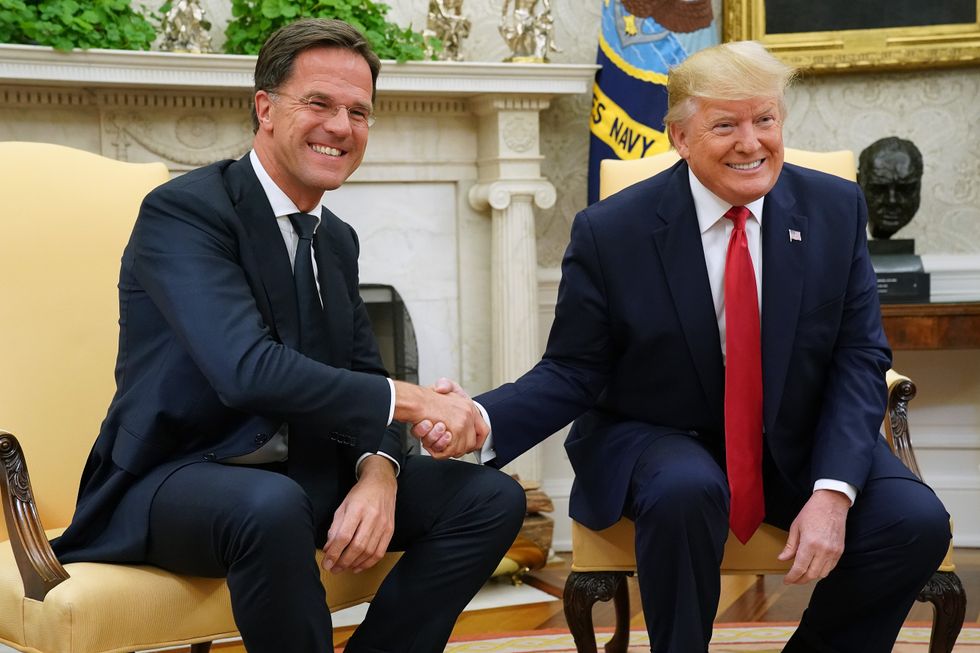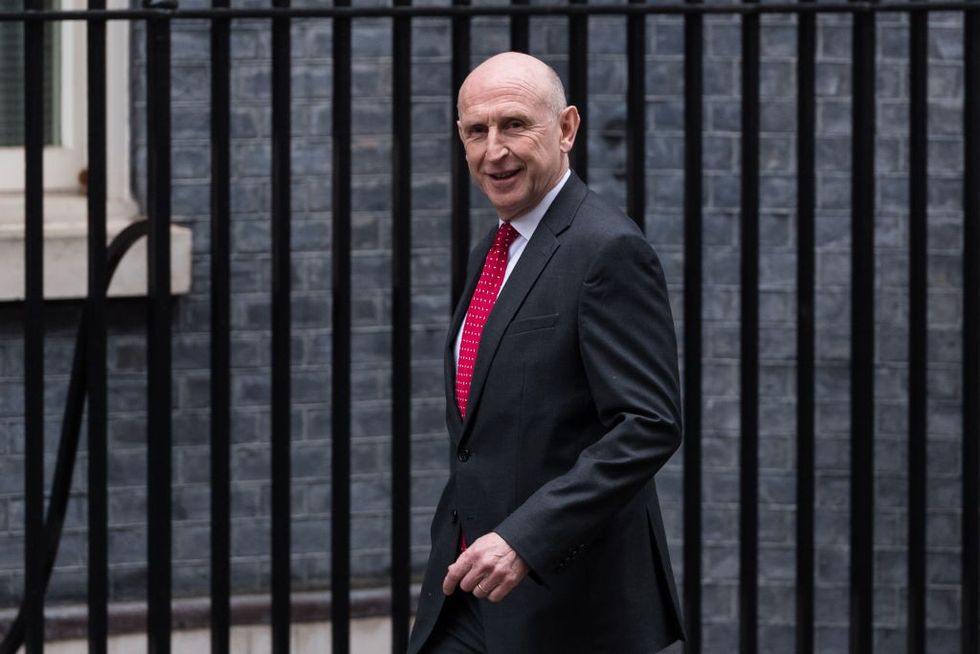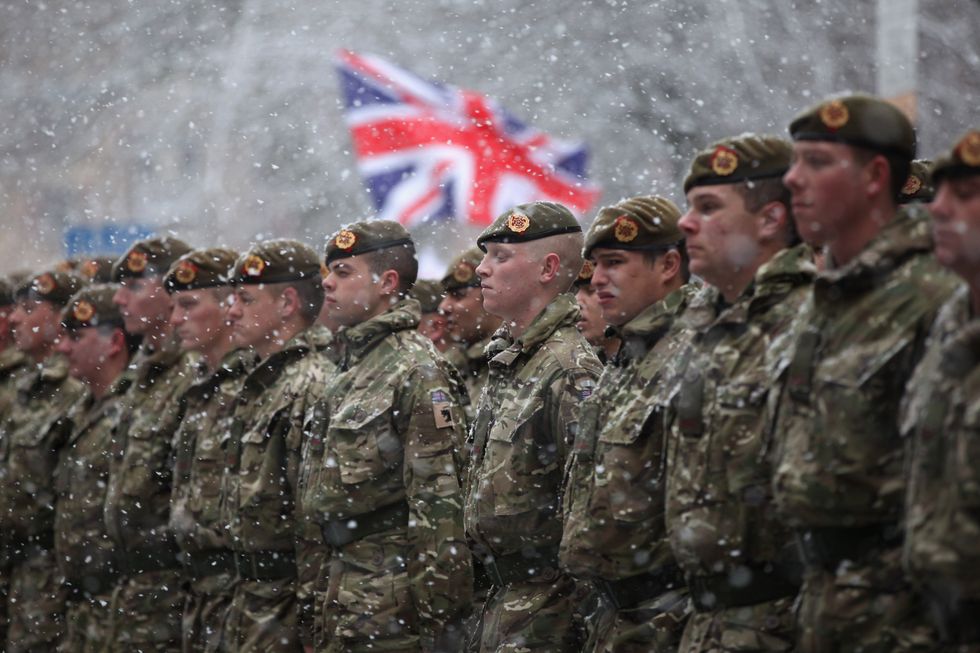Nato chief Mark Rutte has issued a stark warning that Western allies must shift to a “wartime mindset” and dramatically increase defence spending to counter the growing threat from Russia.
The secretary-general told security experts in Brussels that current Nato spending targets of two per cent GDP are insufficient to meet future challenges.
“We are not ready for what is coming our way in four to five years,” Rutte declared in his first major speech since becoming Nato chief in October.
He urged member states to “turbocharge” defence spending and production, noting that European nations spent “far more than three per cent” during the Cold War era.

Mark Rutte and Donald Trump
Getty
Russia is preparing for “long-term confrontation” with Ukraine and NATO allies, Rutte warned, with Moscow’s defence spending expected to reach more than a third of its state budget. The Kremlin’s military expenditure could exceed 6 per cent of GDP, while its arms factories are “churning out war equipment around the clock.”
Rutte highlighted a pattern of “hostile actions” against Allied countries, including malicious cyber-attacks and assassination attempts on British and German soil.
“Danger is moving towards us at full speed,” the Nato chief cautioned. “We must not look the other way. We must face it…What is happening in Ukraine could happen here, too.”
The UK currently spends 2.3 per cent of GDP on defence, with the government pledging to increase this to 2.5 per cent, though no specific timeline has been set.
LATEST DEVELOPMENTS

Secretary of State for Defence John Healey
Getty
Military experts warn this target may fall short of requirements, with some suggesting spending of three per cent or even four per cent might be needed for Britain to maintain its leadership role in Nato.
A British military source told The Times: “There is a feeling among the military that 2.5 percent isn’t enough and potentially three or four percent might be required to be leaders in Nato.”
Former defence secretary Ben Wallace has suggested that three per cent would be needed for UK armed forces to be “match fit.”
The British Army has seen significant cuts in recent years, with personnel numbers falling from 109,600 in 2000 to just 76,950 in 2023.
 The West faces a “deadly quartet” of hostile nations, according to the man charged with leading an urgent review of the UK’s defencesGetty
The West faces a “deadly quartet” of hostile nations, according to the man charged with leading an urgent review of the UK’s defencesGettyThe looming return of Donald Trump to the White House is adding pressure on Nato allies to boost military spending.
Trump has previously criticised European nations for relying too heavily on US military protection while not meeting defence targets.
Foreign Secretary David Lammy recently urged Nato members to “get serious” about defence spending at a meeting in Brussels.
“We’re living in very dangerous times,” Lammy said. “In the United Kingdom, we are at 2.3 per cent, heading to 2.5 per cent as soon as we can get there, and we urge all allies across the NATO family to get serious about defence spending.”
A Number 10 spokesman said the Government would set out its “pathway to 2.5 per cent” in the Spring. Rutte warned of a “coordinated campaign to destabilise our societies” through various hostile actions from Russia.
“If we don’t spend more together now to prevent war, we will pay a much, much, much higher price later to fight it,” the Nato chief cautioned.
He called on governments to provide defence industries with “big orders and long-term contracts” to rapidly boost production capabilities.
The defence industry in Europe is currently “too small, too fragmented and too slow,” Rutte noted. His message to defence companies was clear: “There is money on the table, and it will only increase. So dare to innovate and take risks!”